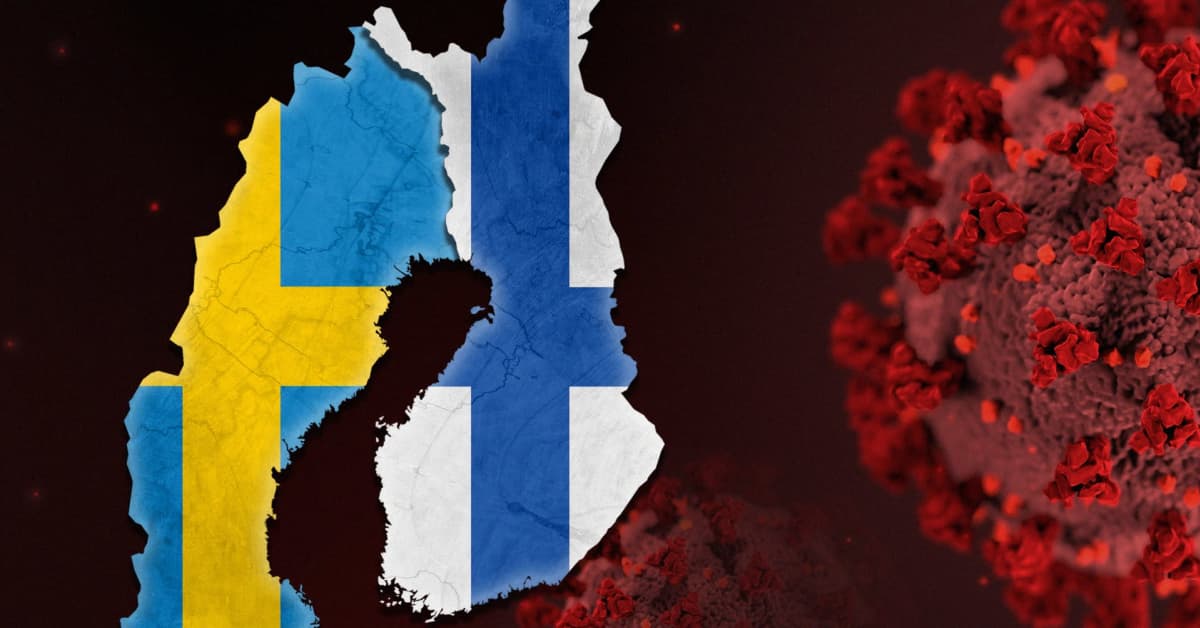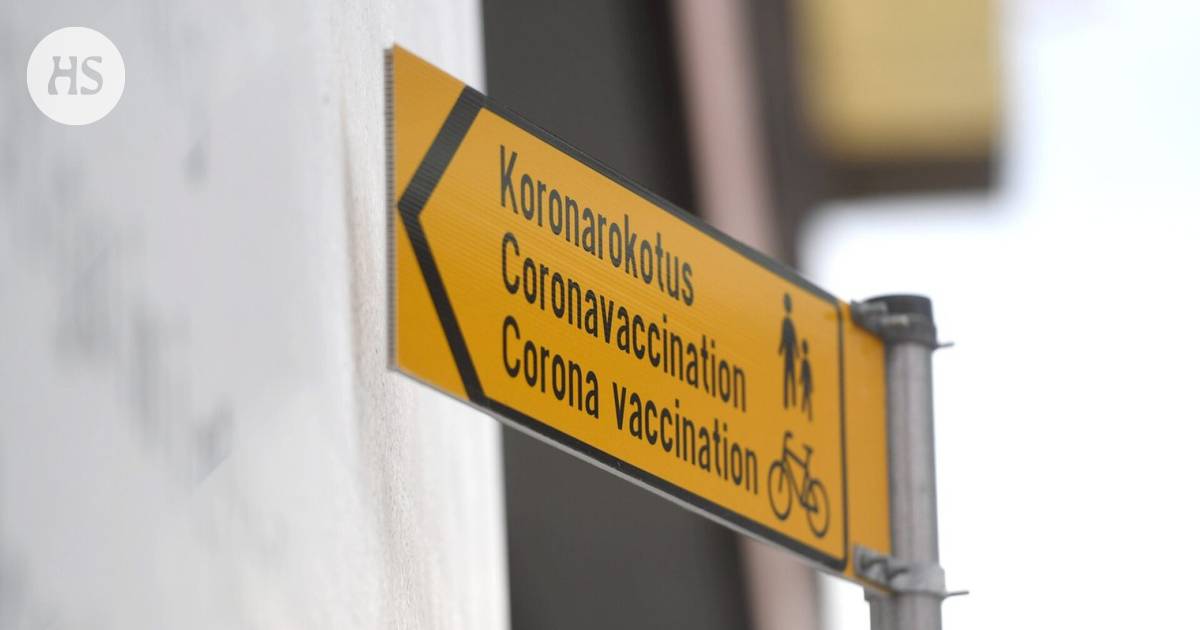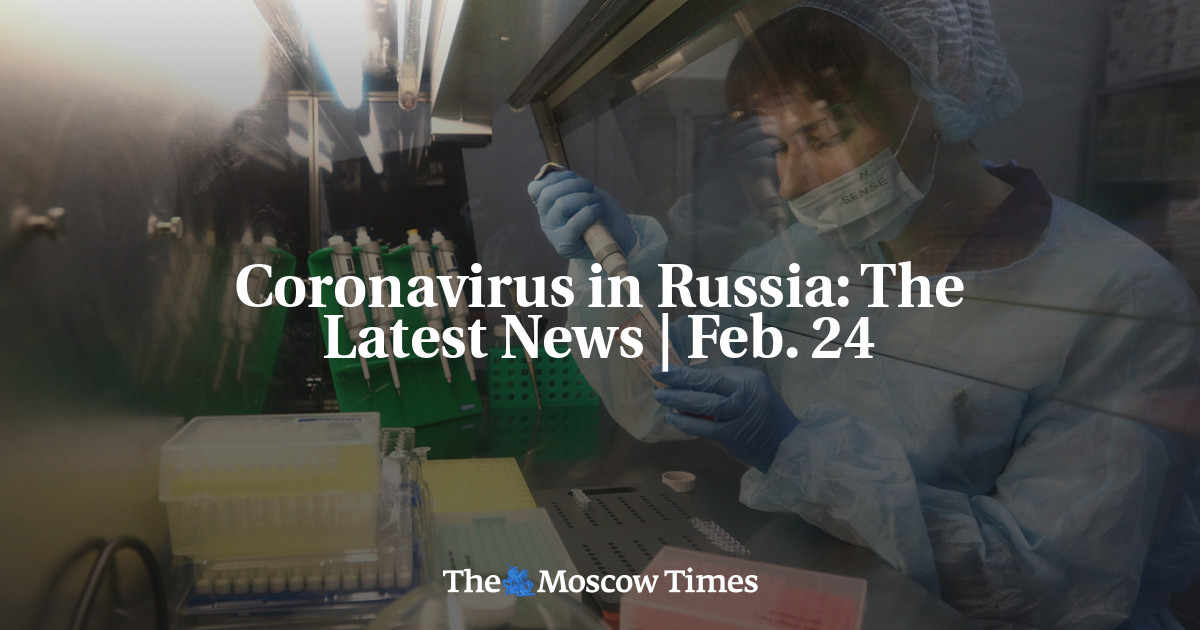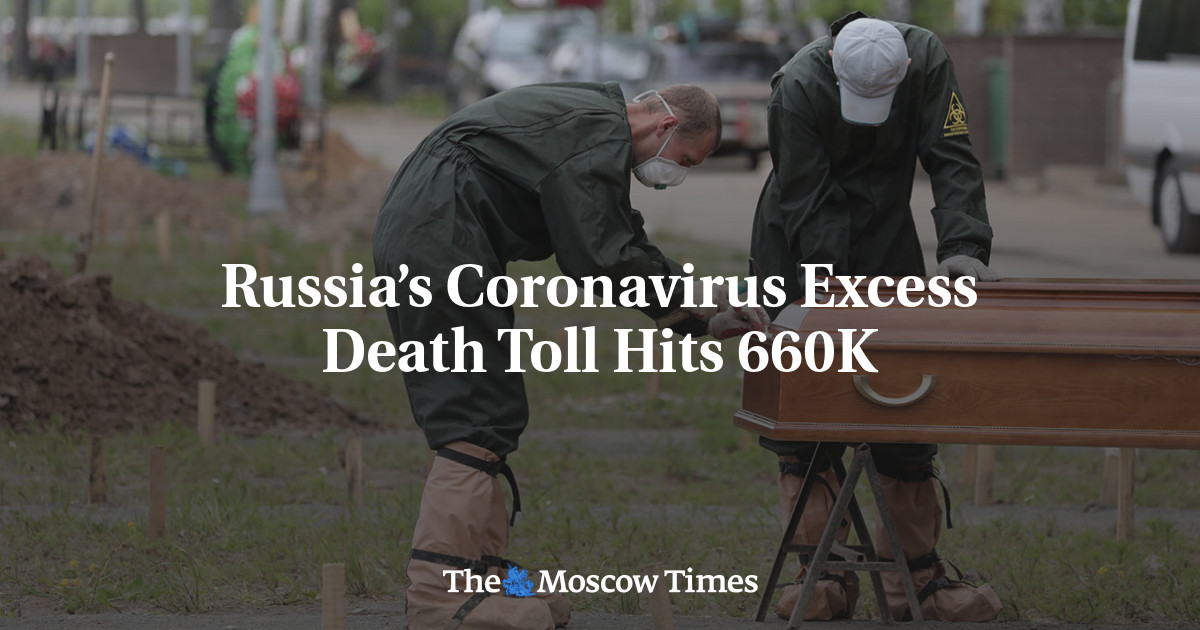Lancettihan julkaisi lokakuun alussa uutisen tehon tippumisesta 6kk: ssa
Our results provide support for high effectiveness of BNT162b2 against hospital admissions up until around 6 months after being fully vaccinated, even in the face of widespread dissemination of the delta variant. Reduction in vaccine effectiveness against SARS-CoV-2 infections over time is...
www.thelancet.com
Between Dec 14, 2020, and Aug 8, 2021, of 4 920 549 individuals assessed for eligibility, we included 3 436 957 (median age 45 years [IQR 29–61]; 1 799 395 [52·4%] female and 1 637 394 [47·6%] male). For fully vaccinated individuals, effectiveness against SARS-CoV-2 infections was 73% (95% CI 72–74) and against COVID-19-related hospital admissions was 90% (89–92). Effectiveness against infections declined from 88% (95% CI 86–89) during the first month after full vaccination to 47% (43–51) after 5 months. Among sequenced infections, vaccine effectiveness against infections of the delta variant was high during the first month after full vaccination (93% [95% CI 85–97]) but declined to 53% [39–65] after 4 months. Effectiveness against other (non-delta) variants the first month after full vaccination was also high at 97% (95% CI 95–99), but waned to 67% (45–80) at 4–5 months. Vaccine effectiveness against hospital admissions for infections with the delta variant for all ages was high overall (93% [95% CI 84–96]) up to 6 months.
Nopeasti tippuu deltassa tehokkuus, mutta sairaalaan joutumista estää edellleen hyvin.
Eli kun teho tippuu nopeasti niin silloin myös alat levittämään koronaa paremmin

 yle.fi
yle.fi







